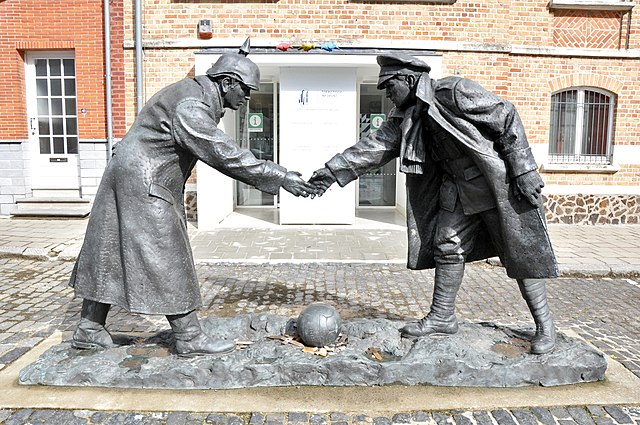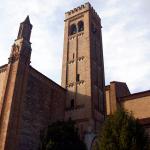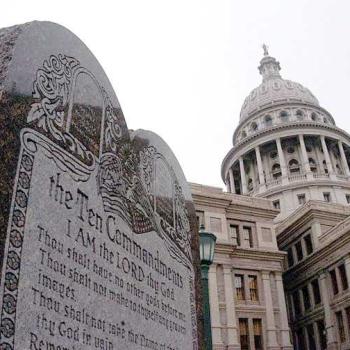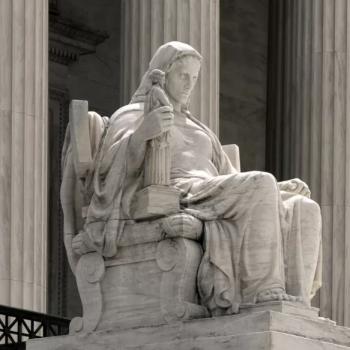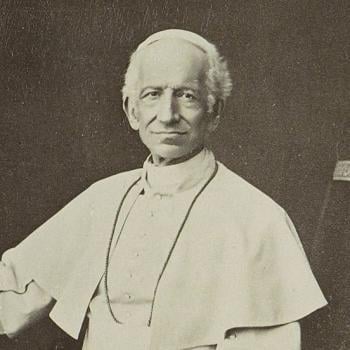Even if you are not into World War I history, you may have heard of the Christmas Truce. The Christmas Truce was a celebrated, impromptu ceasefire observed by many British and German troops on the Western Front, December 24-26, 1914. Soldiers met between the lines, sang Christmas carols, exchanged souvenirs, and may or may not have played football (or “rugby” to us Yanks). Here is how it happened.
First, a little background: World War I, 1914-1918, was an international conflict of unprecedented bloodshed and horror. It’s estimated 20 million people, military and civilian, were killed in the war. Looking back, it’s difficult to see what the war was about. History books tell us the war ignited after the assassination of an Austrian archduke in June 1914, but the real causes were a conflation of old alliances, political maneuvering, imperialistic designs, and nationalistic pride.
The Western Front refers to a theater of war that stretched from Belgium and throughout northwest France. The German army initiated the Western Front by invading Luxembourg and Belgium in August 1914. The United Kingdom quickly declared war on Germany. German troops advanced into France as the first British troops arrived in France to help defend it. There were several battles through August and September. Most notable of these was the First Battle of the Marne, 5 to 12 September 1914, in which the British and French troops stopped the German advance toward Paris.
Life in the Trenches
By mid September troops were digging trenches on each side of the front. The soldiers were trying to protect themselves from artillery and machine guns. If they remained in trenches they were less visible to the enemy, although artillery shells and poison gas could still reach them. And so soldiers stayed in trenches for many days at a time. It’s estimated that during the war 475 miles of trenches were dug from the English Channel to the Swiss Alps.
The territory between the opposing trenches came to be called “No Man’s Land.” Any trees or buildings that might have been in No Man’s Land would soon be destroyed by artillery. The space became a wasteland of tree stumps and barbed wire, with no place to hide. If troops were ordered to get out of their trenches and charge enemy lines, the casualties would be horrendous. By the end of 1914 about four million men had been killed on the Western Front, although the worst of what World War I would offer was yet in the future.
Life in the trenches must have been dreadful. The trenches were wet and muddy in spite of the use of sandbags and wooden planks to create dry space. Troops lived with the clutter of war — no trash collection and disposal — and sometimes trenches collapsed and buried the troops in them. Delivery of food and medical supplies was erratic. There were stretches of boredom punctured by episodes of terror. Troops in the British Expeditionary Force (BEF) went to France telling themselves they’d be home by Christmas, but on Christmas Eve 1914 there was no end of the war in sight.
The Christmas Truce
The truce began with singing. Some German troops had decorated their trenches with candles and Christmas trees, and on Christmas Eve they gathered to sing carols. In some places the British troops sang carols in response. Then soldiers began shouting Christmas greetings to each other. And a few, tentatively, ventured out into No Man’s Land. More followed. There were handshakes and greetings and songs. Wine and tobacco were shared. In the deep cold, among the barbed wire and clutter of artillery shells, soldiers enjoyed a Christmas party.
British machine gunner Bruce Bairnsfather wrote in his memoirs that he heard the German voices. Then, “Suddenly, we heard a confused shouting from the other side. We all stopped to listen. The shout came again.” The voice was from a German soldier, speaking in English. He was saying, “Come over here.”
One of the British sergeants answered: “You come half-way. I come half-way.”
There were similar truces in many parts of the Western Front that Christmas. Small groups of French, German, Belgian and British soldiers overcame their circumstances and observed Christmas together. We have many accounts of these spontaneous gatherings from diaries and letters. And photographs.
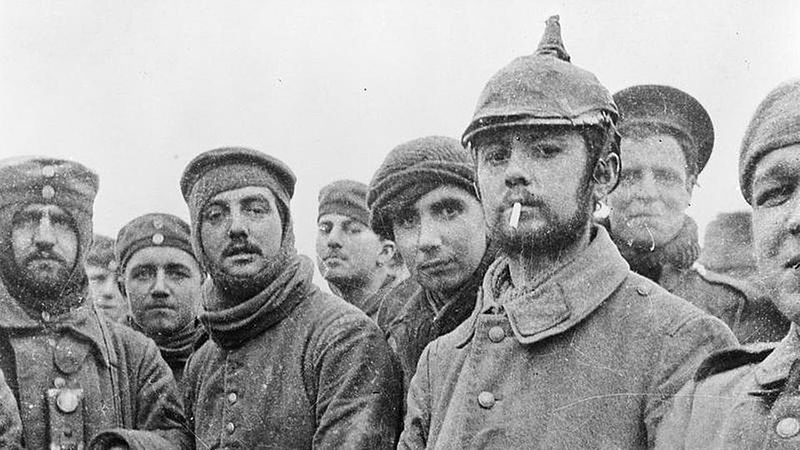
The Christmas Truce: Silent Night
So it was that, for some soldiers for a few hours, a gentle peace settled on the terrible, war-torn landscape. The scream of artillery was replaced by “Silent Night.” Newspaper reports of the Christmas Truce gave hope to people at home that, maybe, the war wouldn’t be as bad as they had feared. Unfortunately, it would be worse. But not that Christmas.
Military historians tell us that, somehow, opposing forces often came to agreements to not attack when supply trucks arrived, or when it was time to gather and bury the dead. Such moments were unauthorized, and the officers worried that they would blunt their men’s fighting spirit. If anything, it may have helped them keep their sanity. In the subsequent Christmases of the war there were far fewer Christmas truces. But the Christmas Truce of 1914 was never forgotten.
A television programming note: If your local PBS station is showing All is Calm: The Christmas Truce of 1914, I recommend it. It’s lovely and a great antidote to the incessant, sugary made for television Christmas movies.
